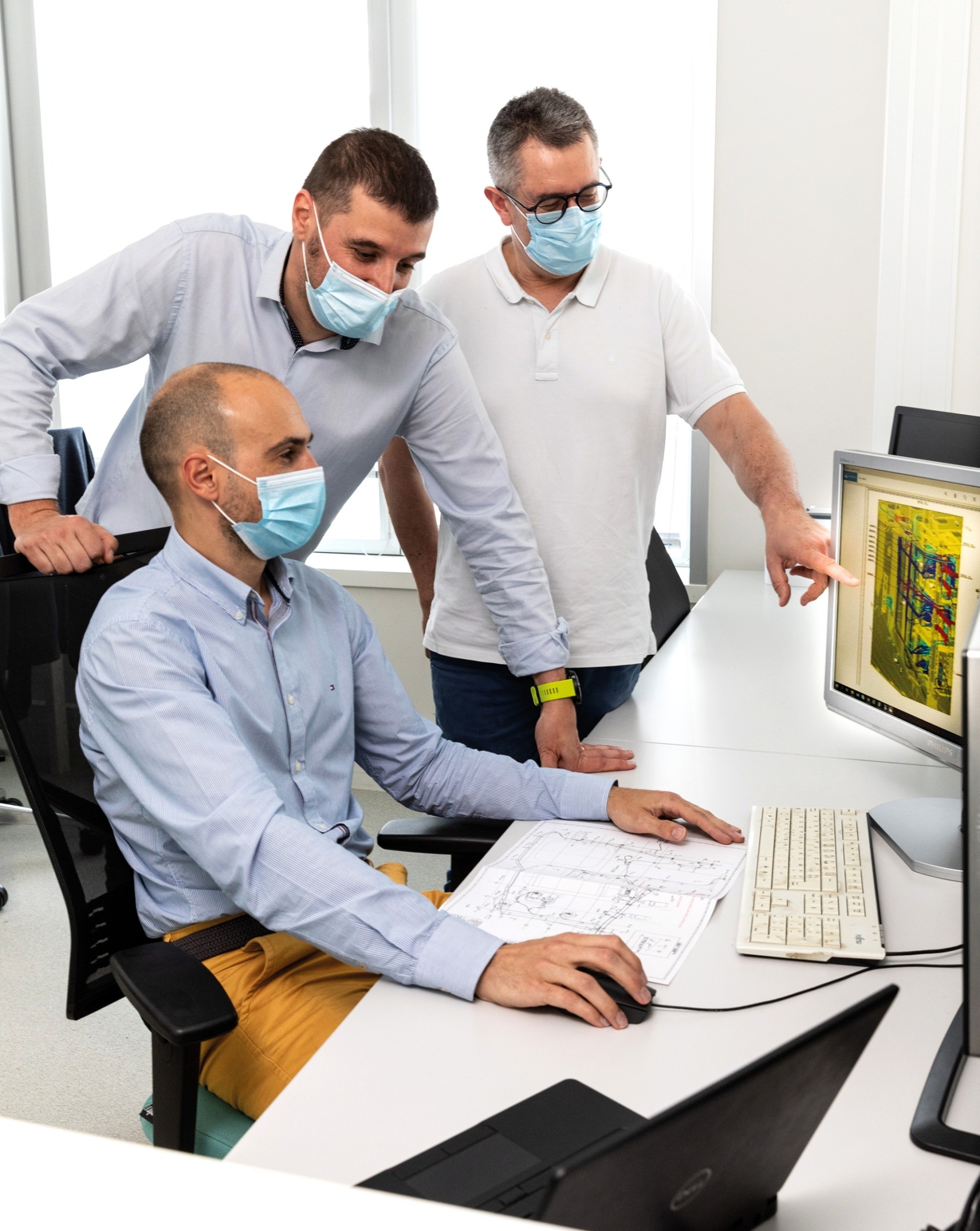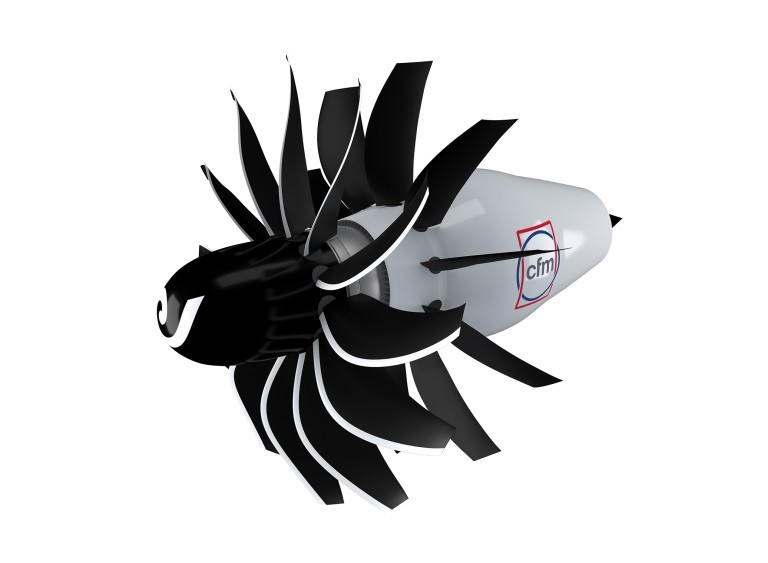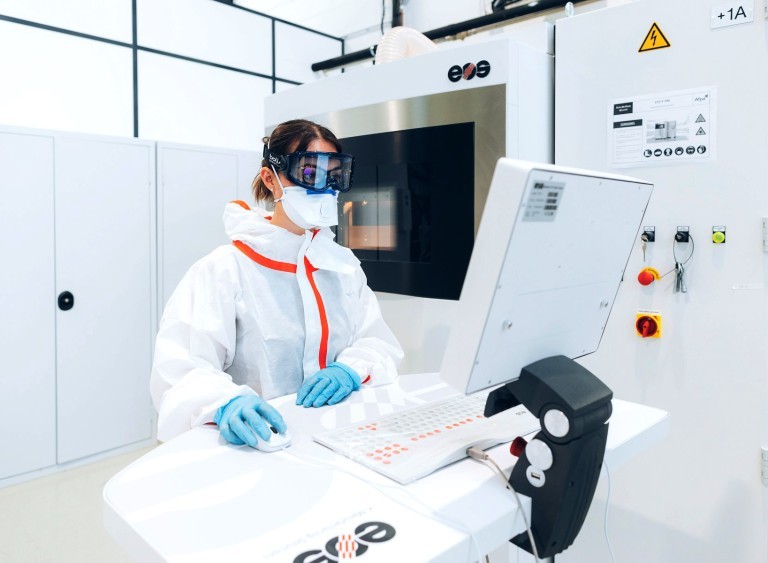
Safran engineering services digitalizes harness design
Digital Design, Manufacturing and Services (DDMS) is Airbus’s large-scale digital transformation program. One component of DDMS is to eliminate the use of 2D diagrams for the design of wiring harnesses on the Airbus A320. Safran Engineering Services has met this challenge with flying colors, reducing production cycle times and costs while demonstrating its flair for innovation.
Supporting the digital transformation
esign, production, services — nothing is outside the scope of Airbus’s comprehensive digital transformation and continuity program. With over 20 years’ experience in electrical system design, Safran Engineering Services was the right partner to take charge of one aspect of the DDMS project: digitalization of wiring interconnection system diagrams for the A320. According to Yves Bley, Head of Engineering and Innovation at Safran Engineering Services, “We were ideally placed, with our years of knowledge of their tools and processes — from the oldest, used for the A320, to the most recent for the A350 and A380. We have a deep understanding of each aircraft’s electrical systems. We’re also experts in supporting the digital transformation for our customers.”
Airbus launched the A320 program in the 1980s and needed to modernize its tools and processes to meet the latest A350 standards. “Back then, there were no digital models — everything was on paper or in 2D,” says Pierre Murcia, project manager for the A320 at Safran Engineering Services. “Each A320 cabin is different. It has its own wiring interconnection system and related design work. We modeled all the electrical harnesses in the new digital model, then compared it to the actual harnesses manufactured and installed.”
A single-aisle XLR from Airbus
Launched at the 2019 Paris Air Show, the Airbus A321 XLR (extra-long range) will be capable of 10-hour flights with 244 passengers. This single-aisle jet will fly long-haul routes that were previously only operated by widebody planes. Since 2019, more than 450 orders have been placed for the XLR, including 37 in 2020.
A COMPLEX TASK
It took us a year and a half to model the entire aircraft in 3D, with many iterations between the digital model and the physical model,” continues Pierre Murcia. “It would serve as the baseline for all Airbus A320s built. We then adapt each diagram to the specific cabin. The challenge was also to integrate the new digital tools and processes on the plane without impacting production rates.” Over time, the project involved about 100 colleagues in Toulouse, Bangalore and Chihuahua.
But why create 3D diagrams for existing aircraft built from 2D models?
“The purpose is to facilitate installation of electrical harnesses on the assembly line,” explains Pierre Murcia. “The high quality of the digital model makes it easier to anticipate routing issues and inconsistencies between systems, which can be impossible to detect with 2D diagrams. This allows us to reduce compliance issues, increase productivity and cut production costs and cycle times.”
Discover how Safran Engineering Services innovates in electrical systems
Discover
INNOVATION IS THE WATCHWORD
Aware of the digital transformation needs of its customers, Safran Engineering Services is forging ahead with its research. The company’s teams working on electrical installation diagrams are currently identifying repetitive engineering tasks. It has also formed a partnership with French startup DessIA, which has developed a bot platform making it easier to automate these tasks. “Bots allow engineers to focus on higher value-added tasks,” says Florent Geneste, Director of Operations for France.
The next step? “Transition to automated design,” continues Florent, “and develop a single digital design solution for harness routing.” This will take account of each aircraft’s configuration and requirements, part specifications and modifications to automatically generate the optimal design.
Valentin SAFIR

“Safran Engineering Services is well known within Safran for all the work we do for Group companies, but our projects for outside customers are less well known, even though they represent half our workload. Airbus is a long-standing customer, and we’re involved in many projects for its Commercial Aircraft and Helicopters divisions, as well as Airbus Defense & Space. As demonstrated by our contribution to electrical installations on the A320, our strength lies in our ability to combine deep operational expertise with innovative solutions and to support our customers in their digital transformations.”






